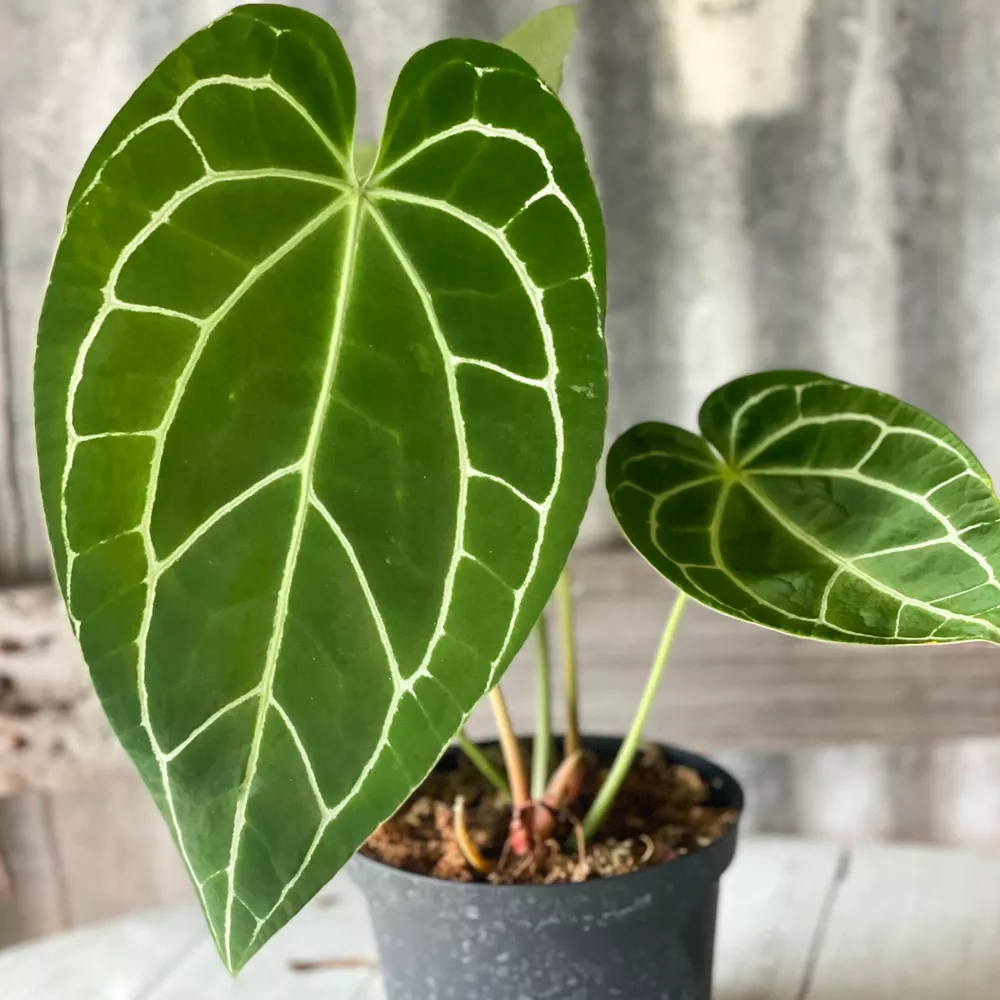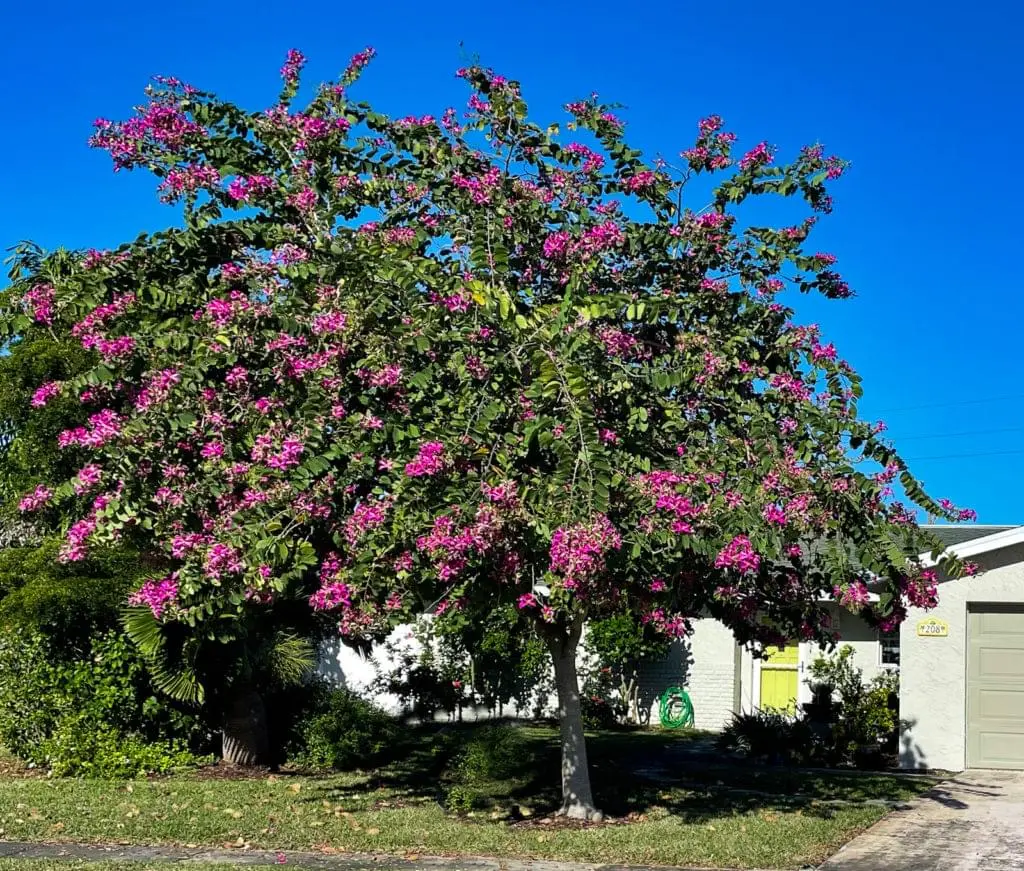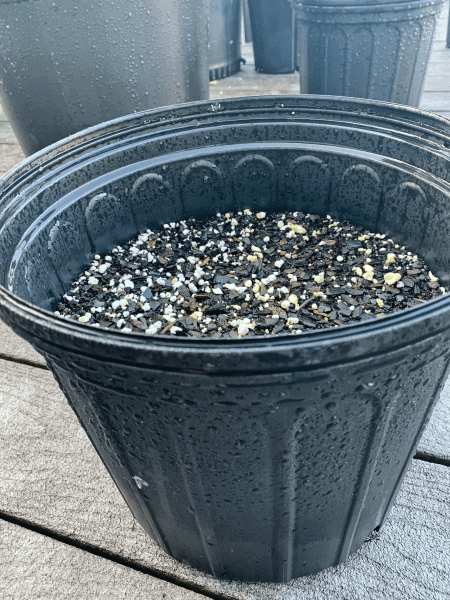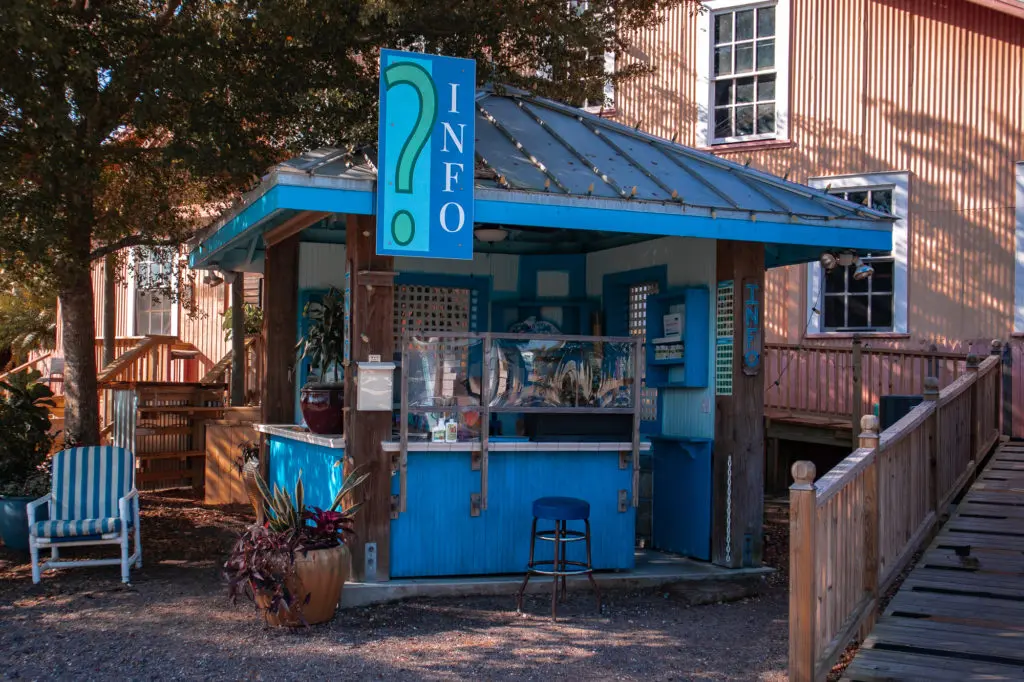by Amanda Rose Newton
The COVID virus is not the only epidemic raging across the world currently. Plant blindness is alive and well worldwide. This term is used to describe the underappreciation that most exhibit when it comes to the plants around us.

Plants do not jump, make noise, or raise offspring which makes them harder to relate to and honestly, easier to throw on the backburner when it comes to natural stimuli. There are just so many exciting components to the outside world!
In recent years, houseplants and home garden popularity have surged, making us “plant curious” and the desire to foster healthy plants is now at the forefront of many minds.
Becoming a successful plant parent really comes to understanding what makes a plant a plant!

Ninety-percent of the problems new plant owners face from root rot to sunburn can easily be avoided from the start by knowing how plants work. This is a lofty topic that we intend to tackle this March through our own How Plants Work Series, a botany boot camp to get you in shape just in time for the growing season!
Plants are comprised of roots, stems, leaves, flowers, and fruit which are akin to the organs of the human body. Each is essential, and each region has its purpose in maintaining overall health. They go through their own versions of metabolism and maintenance in order to stay healthy and need a nutritious diet to thrive.
As a homeowner, you can provide everything a plant needs to live a long and prosperous life.
It’s All in The Roots
Roots are used as a metaphor frequently since they literally do aid in stability. Without a proper root system, the whole plant structure comes tumbling down.
The majority of the nutrients are absorbed at the root level and the soil plays a huge role in how successful this nutrient-grabbing venture will be.
Nutrients and water travel upward through the roots, bringing food and water to the plant above. This is why watering plant leaves is not super effective.
Tree Roots
It’s also important to mention that in order for roots to support a larger plant, say a tree, they need to project outwards to make the most of their mineral absorption. The size of a tree’s canopy gives you a clue as to how far out its roots are stretching as they tend to match.

When watering, make sure you hit more than the base of the plant! The same rule applies when it comes to houseplants. Always water the entire circumference of the pot. If it helps, think of your favorite cooking show and how oil is applied to the pan, you want to make sure that it lightly covers the entire surface for nice, even cooking.
Turf grass roots
With turf grass, less is more which goes against our current irrigation practices.
Grasses are monocots, meaning they have fibrous roots that do not protrude deeply into the soil. They are able to access water quickly and easily, which is why they grow so fast. On the flip side, they have a harder time anchoring into the soil.

By watering a little less than you think you need (hint: NOT every day), it will give the roots a chance to struggle a little, causing the grass to push the roots out a little further in search of more water and nutrients. This creates a better grip and stronger, more resistant grass.
Soil!
Healthy roots come from healthy soil! Soil is one of the most fascinating aspects of gardening and is so often overlooked.
For starters, we can’t see it, but the more you learn about it and how you can have a hand in improving it, you will never refer to soil as “dirt” again!

One of the best ways to ensure plant happiness is with a proper planting medium. While our soil here in Florida tends to be sandy, which allows for great drainage, it can vary drastically from Palm Bay to Cape Canaveral.
Home construction causes loss of valuable topsoil, which is full of nutrients and a healthy biome of life ready to help feed your plants. It also allows you to break up existing soil, adding air pockets for critters and water to collect, which are all important for the living root system.
To improve quality, we recommend mixing it 50/50 with our planting mix, which contains a nice healthy dose of composted materials that provide diversity to your underground landscape.
The Soil Biome
There is a microorganism party going on underneath your feet! Protozoa, nematodes, bacteria, invertebrates, and fungi all play a role in ensuring plant health, especially at the vital root level!
Protozoa: These single-celled creatures (think amoeba) spend their days cruising around and controlling bacteria populations in the soil. They happen to do some mineralization in the process, putting nitrogen into a much more plant-friendly format which is much easier for them to uptake through their roots.
Nematodes: There are probably more nematodes under any spot you choose to stand on in your yard than you care to think about. While gardeners mainly know the bad eggs of the family (looking at you, root-knot nematodes!), there are plenty of beneficial ones that do good work that helps plants. Like amoebas, their feeding frenzy on bacteria releases mineralized versions of nitrogen that is way easier for the plant to digest. They feed on bacteria, fungi, and even other nematodes! The root-knot nematode, for instance, has a beneficial nematode as a predator.
Bacteria: These guys are finally getting recognized for the important role they play in our own microbiome. The soil biome also benefits from bacteria in many ways. They do everything from promoting nutrient cycling to disease suppression, and are crucial for breaking down hard-to-decompose fibers such as cellulose and chitin. They are best known for their ability to work collaboratively with the roots of legumes through the magic of nodules. Roots have tiny hairs on them that are essential for increasing surface area to grab nutrients. Bacteria take these up a notch by forming them into nodules. The bacteria feed on sugars (carbon) from the plant and in return throws it back as nitrogen, the favorite food of plants.
Bonus: Nitrogen is often present in the soil after the legume expires, which is why they are favored for crop rotation. You are left with soil better than when you started.
Invertebrates: I could go on for days about the importance of invertebrates. They are the unsung heroes of decomposition! To keep it simple, inverts are divided up by what they do.
Shredders: They…shred! Millipedes and isopods (roly-polies) are masters at this and help break down the larger materials.
Herbivores: These guys handle the smaller stuff and are fairly hard to see. Springtails and mites also double as fungi and bacteria feeders.
Predators: In addition, your soil supports many other organisms that protect your plants and their roots from pest species.
Fungi: Just like bacteria, as a society, we are starting to jump on board the mycology train. If you are a plant lover, you will be a frequent rider as the two go hand in hand.

While fungi can cause big problems for plants, like bacteria, they can also be lifesaving. Mycorrhizal fungi are especially important for roots as they increase the surface area and allow for better absorption and anchorage. Many products you can purchase contain mycorrhizae for that reason.
When planting a new plant, especially an investment like a tree, using a mycorrhizae enhancing product can make a large difference. In addition to this amazing attribute, fungi can stretch for miles under the ground, creating networks between the root systems of established plants, which we now know they use for communication. Amazing!
All of these components matter and the more aware you are of your planting environment, the more you can aid your plant in growing successfully. It can also help you understand when and how to fertilize, water, and amend the soil.

Curious as to what is going on in your soil? Get a Soil Test! Standard tests can tell you what your overall pH is as well as which macronutrients and maybe micronutrients are available.
Soil biome testing is becoming a more popular way to get a true feel for your unique ecosystem, especially if you have concerns that your newly constructed home may not have contributed to functional health. Reach out to Rockledge Gardens for more information about soil testing and where you can get yours tested.
Next week, we will take on the role of stems!


